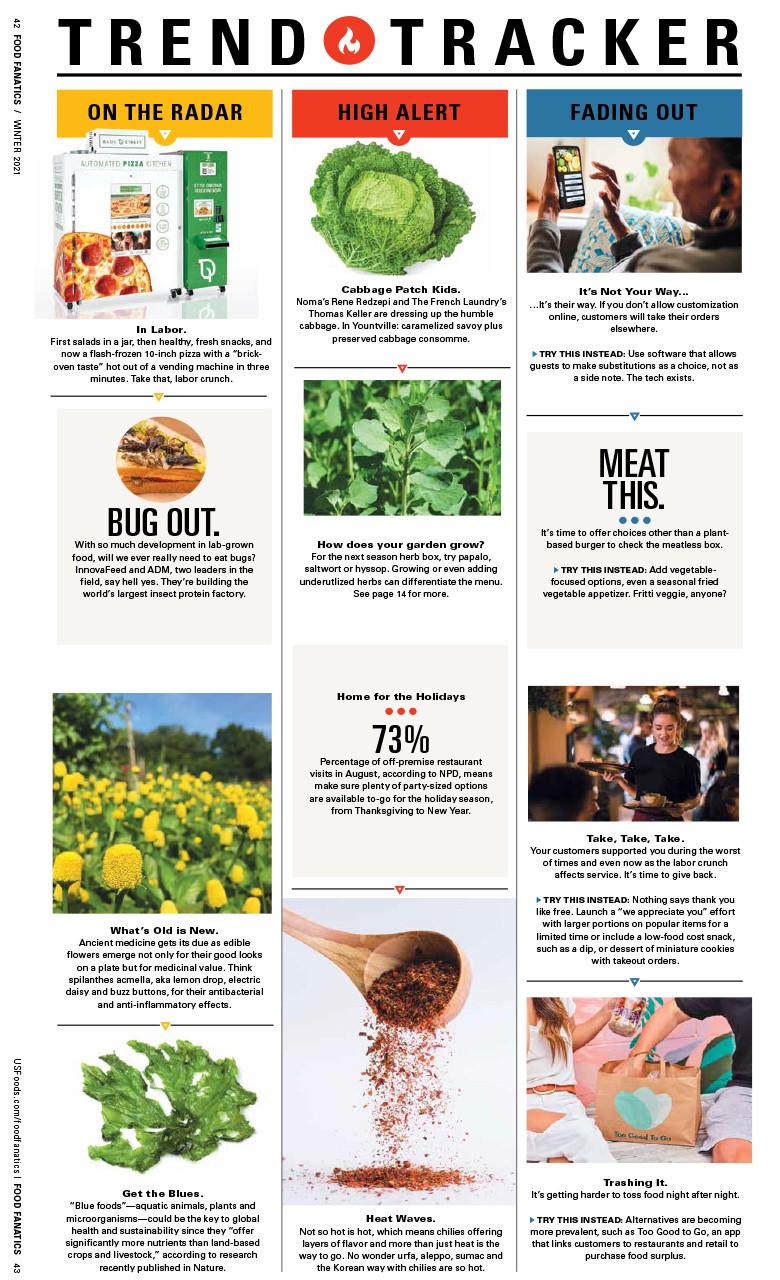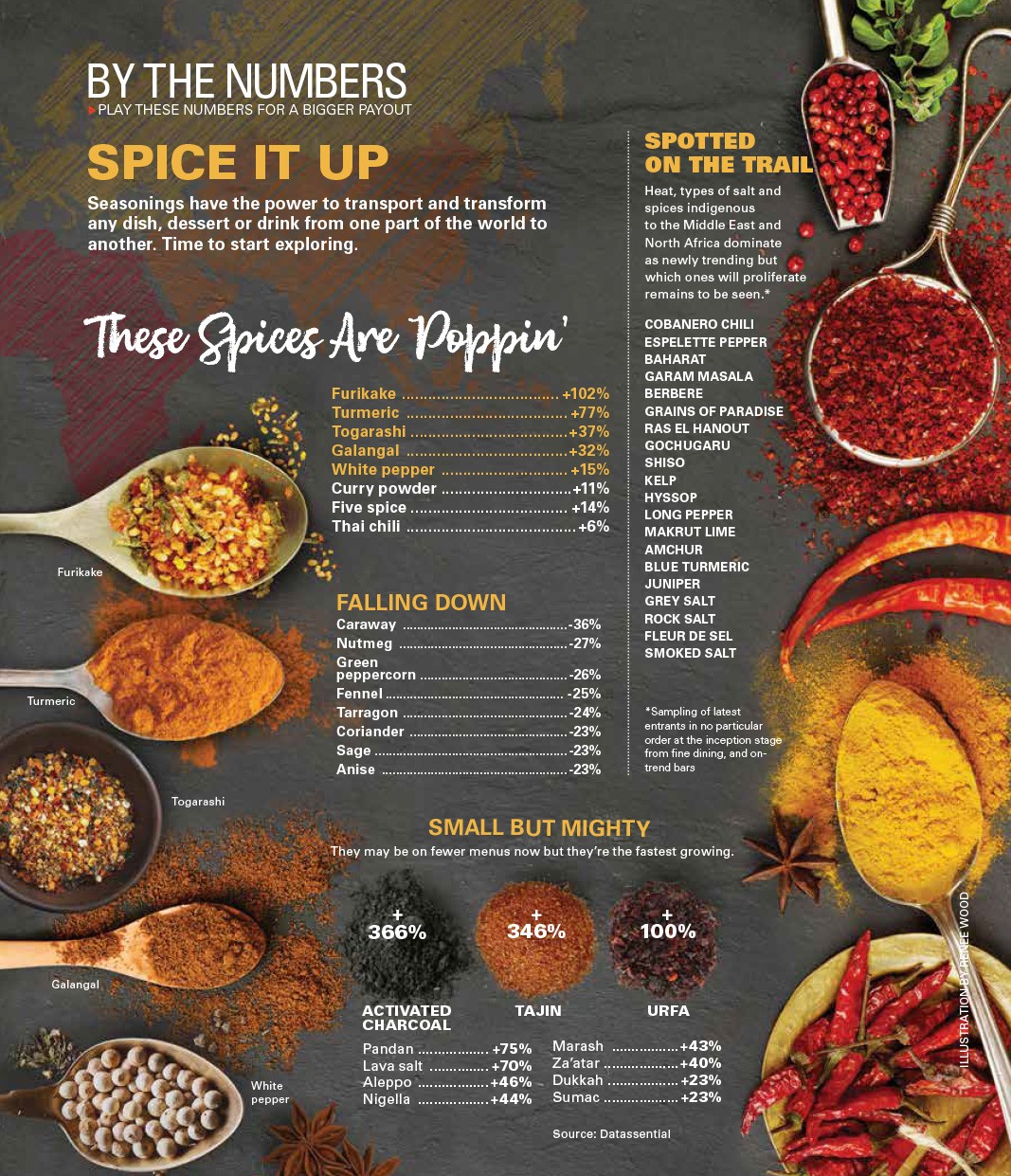Back to Better Basics
Re-examine essential business practices to ensure success
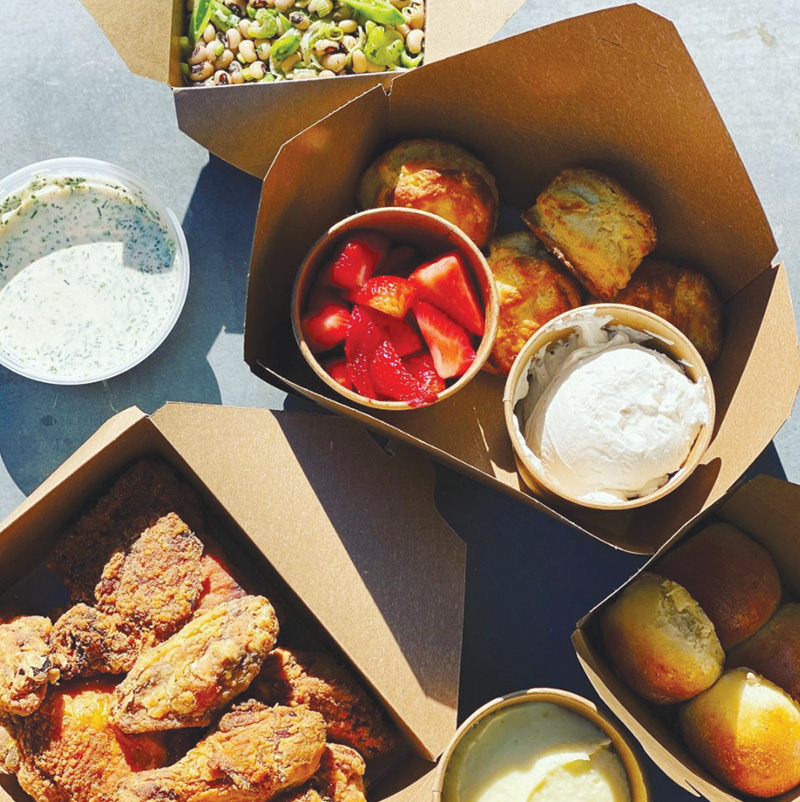
More than great food keeps Bell’s in business. To be sure, Food & Wine anointed its chef, Daisy Ryan, a Best New Chef this past year.
But the 60-seat bistro in the small town of Los Alamos, California, is thriving because the owners made sure it had a strong business foundation when the restaurant launched in 2018. When the economic crisis hit two years later, they could pinpoint exactly how to adjust their business to keep it going.
“We manage our labor, our food and our costs,” says Gregory Ryan, who co-owns Bell’s with his wife, Daisy.
During the pandemic, the Ryans leaned into that management. In light of the shutdown and periods of reduced capacity, they had to predict sales and costs with greater certainty. They stopped playing the usual restaurant game of guessing how many guests might come in and what dishes they might order. Bell’s switched from industry-standard a la carte offerings to a prix fixe menu that changed daily. It also stopped taking walk-ins and accepted reservations only.
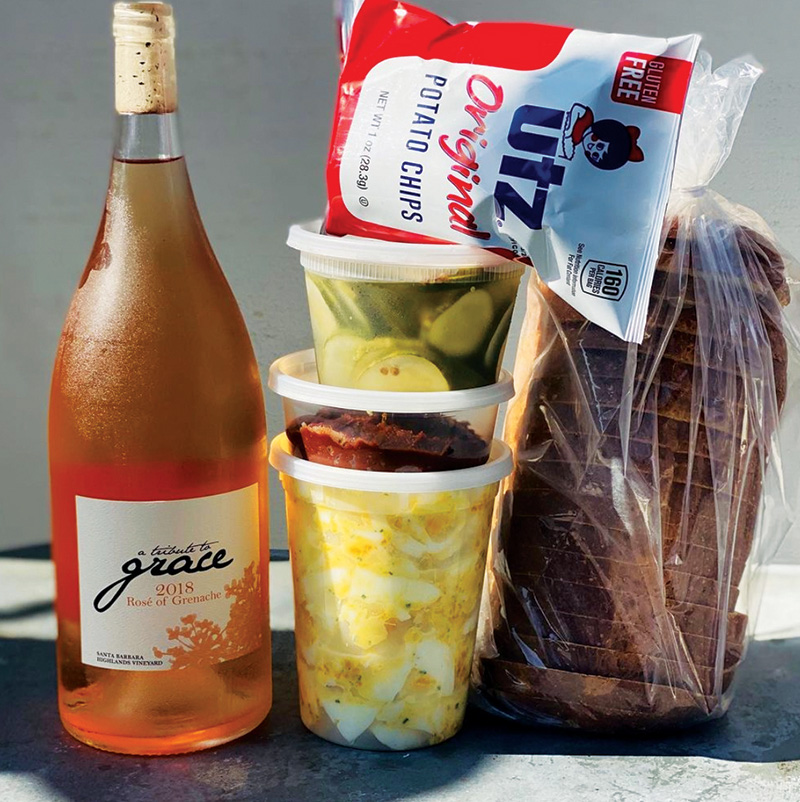
As a result, the owners purchased only the amount of food needed for the number of people they would serve.
“Prix fixe allowed us to have zero waste and be in control of our restaurant’s financials,” Ryan says.
Bell’s also added a 20% service fee to all bills, allowing the business to keep its seven-member staff.
Unfortunately, Bell’s ability to look clearly at its business model and adjust isn’t common. The pandemic has exposed a regrettable reality: Too many independent operators do not have essential business practices in place. Those practices include, for instance, profit-and-loss (P&L) statements, food-cost formulas, inventory controls, marketing calendars and up-to-date point-of-sale (POS) systems.
“Pre-COVID, one primary reason that independent restaurants struggled is they did not have a number of operational and accounting systems,” says Michael Kaufman, a restaurant industry expert and senior lecturer of business administration at Harvard Business School in Cambridge, Massachusetts. “Many times, people come into the restaurant world and focus on the food, ambiance and the aesthetics, but not the underlying financial reality.”
The pandemic has only heightened the need to focus on the business. That’s especially critical in the low-margin restaurant industry, where the old cliché holds true: Cash is king. “There isn’t a lot of room to make mistakes,” says Dean Small, founder and CEO, Synergy Restaurant Consultants, a national consultancy based in Newport Beach, California.
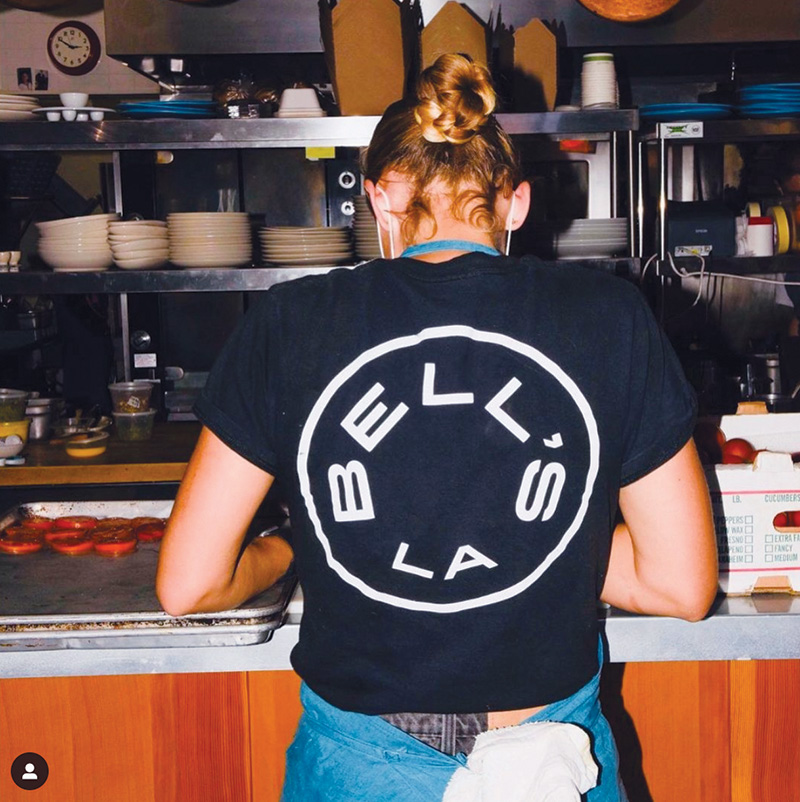
A business focus begins with a sober projection of the traffic that might come in the door. Many restaurateurs start off with high and perhaps unrealistic hopes. “You want to be quite conservative in projecting the business,” Kaufman says. That conservative outlook affects how much you spend on a kitchen renovation, how many people you hire and how many seats you have (Ryan predicts fewer eateries will seat over a hundred, post-pandemic).
Restaurants need to put a solid business structure in place, industry experts say. That starts with a clear understanding of both the profits that owners want to make and the costs they have to meet. Owners should establish benchmarks toward their target profits, and then evaluate and adjust those benchmarks during P&L reviews that happen monthly – or, better yet, weekly.
Every restaurant has three main expenses: food and beverage, labor, and administrative. The P&L statement sheds light on the costs that remain fixed and those that can be reduced. For example, renegotiating terms with takeout and delivery apps or maximizing labor with cross-training.
Look at sales of the past several weeks to help project sales in the coming week – and to help cut out the excess in your menu. Plenty of software programs are available to calculate and track food costs so adjustments on the menu mix can be made.
A firmer handle on sales helps with labor projections, too: when you know the amount being sold, you know the number of workers required.
“Decide what to you is success, then use your data to determine if you’re meeting it,” says Elizabeth Tilton, founder and CEO, Oyster Sunday, a company based in New York and New Orleans that provides business services to independent restaurants, including Bell’s.
It’s hard to overestimate the importance of data. “Data allows restaurateurs to think about what’s working versus what they feel is the right thing for their restaurants,” Tilton says. “Data removes the emotions.”
Good data underpins good decisions. Gathered through a variety of means – an email database, reservations, online reviews, social media and third-party delivery apps – data reveals who your customers are and what they want.
“ IT’S HARD TO OVERESTIMATE THE IMPORTANCE OF DATA. DATA ALLOWS RESTAURATEURS TO THINK ABOUT WHAT’S WORKING VERSUS WHAT THEY FEEL IS THE RIGHT THING FOR THEIR RESTAURANTS. DATA REMOVES THE EMOTIONS.”
—Elizabeth Tilton, founder and CEO, Oyster Sunday“Unfortunately,” Small says, independents have data, but they don’t think it’s relevant to their day-to-day business.” An up-to-date POS system – one that integrates with scheduling and tracks inventory – is a key part of the data equation. “POS allows you to build your database so you know who your customers are, what they want and how to market to them,” Small says.
In addition to identifying their target goals, owners should ask themselves what happens if they don’t meet them – and then have a plan for each scenario. That plan might include, for example,
introducing more repetition in ingredients to control food costs. You also need a communications plan to let both staff and customers know what to expect.
“Restaurants need a very thoughtful projection of what business they might generate, and also the downside: What if business is not quite as good as they hoped?” Kaufman says.
Also, take a tip from restaurants like Bell’s, and vary up the menu. People might love the food you sell today, but there are only so many times they’ll want to eat the same thing. “Menu innovations drive sales,” Small says. A menu refresh should be ongoing, not something that happens just once or twice a year.
Lastly, there’s no getting around one fundamental business reality: If you haven’t updated your website in the past few years, now’s the time. A clunky, static website that makes online ordering difficult isn’t doing you or your customers any favors. Update to a dynamic site that’s integrated with the POS system so customers can order on it. And make sure it includes plenty of high-quality food photos.
Running a strong restaurant business is like steering a ship, Small says: “If you don’t have good coordinates and you don’t know where you’re going, you get blown all over.”
Lessons from a pandemic
Ask yourself these 5 questions:
➊ What can I take from operating at various capacities to run tighter operations? Reduce food costs, labor costs, menu options?
➋ How will I diversify my menu to stimulate people’s interest in my restaurant?
➌ How will I communicate with my customers to find out what they want?
➍ Do I have a communications and social media plan to get the word out internally and externally about what my restaurant is doing?
➎ What can I gather from my staff to better support them so that everyone benefits?


